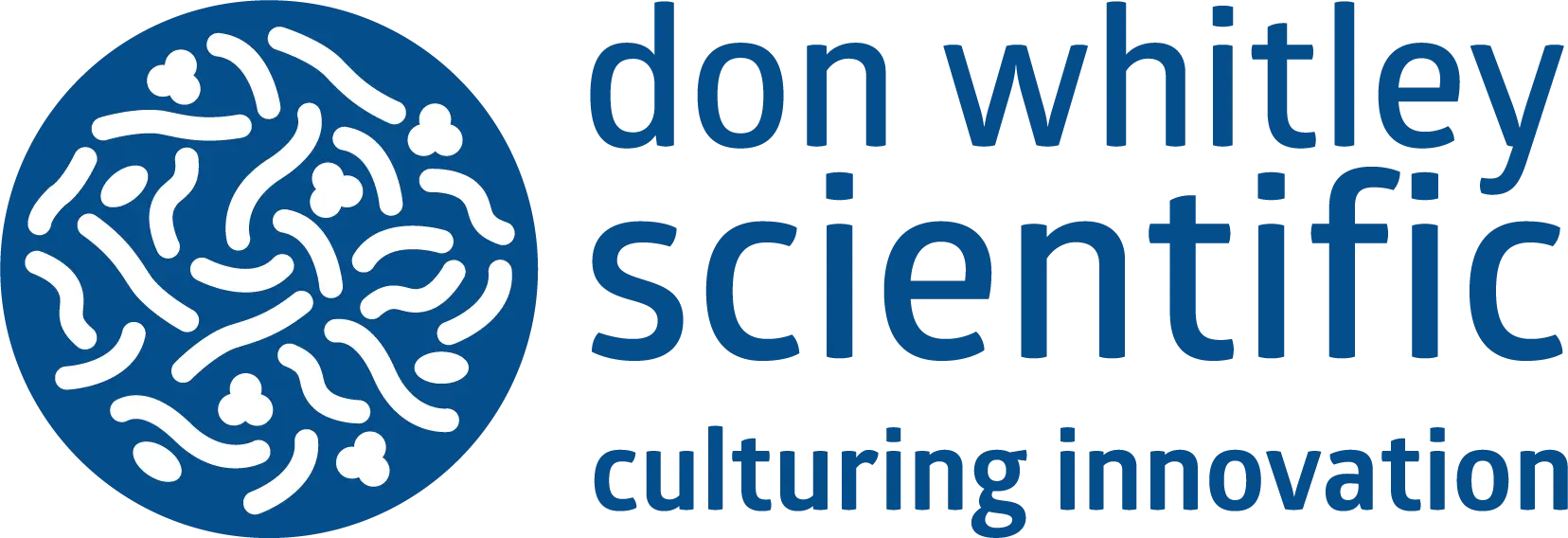
World Asthma Day is an annual event organised by the Global Initiative for Asthma with the aim of spreading awareness about the condition, as well as providing informative and supportive resources. With this year’s theme for World Health Day being maternal and newborn health, we honoured the day by sharing a literature review highlighting the link between maternal asthma and neonatal lung development.
With asthma affecting approximately 17% of global pregnancies, clinicians and scientists are considering the impact of this lung disease. Maternal asthma in pregnancy has been found to increase the risk of pregnancy complications and neonatal respiratory morbidities including transient tachypnoea of the newborn, respiratory distress syndrome, and reduced lung function at 5–6 weeks.
A study conducted by Robinson et al. provided an insight into known and hypothesised mechanistic links between maternal asthma and fetal lung development and function. It was suggested that maternal asthma may cause impaired surfactant system development, an altered offspring lung structure, and altered glucocorticoid signalling in the fetus, which may impact fetal lung development. While this research offers evidence that maternal asthma does have a negative impact on fetal development, further research is vital to assess the exact stage at which fetal lung development is impacted as well as entirely characterise pathophysiologic mechanisms. Interventions to improve fetal lung development included improved maternal asthma control, glucocorticoid receptor agonists, and dietary vitamin A, C, or D supplementation.
To understand at which moment fetal lung development is affected, fetal models could be examined under a variety of low-oxygen conditions inside a hypoxic workstation. With the Whitley Hypoxystation, it is possible to control oxygen in 0.1% increments from 0.1% up to 20%. This would promote a wider understanding of the impact different severities of hypoxia has on fetal lung development. In addition, the Whitley Hypoxystation would ensure a stable environment, reduced contamination, and real-time monitoring of oxygen level, carbon dioxide level, temperature, humidity, and airlock cycle status for accurate and reliable results. The use of a hypoxic workstation may also help identify risk factors and preventative strategies for pregnancy complications, including evaluating the efficacy and safety of proposed interventions. It is important that this area of research is widely recognised with the hopes of improving maternal and neonatal healthcare outcomes.
References
Robinson JL, Gatford KL, Clifton VL, Morrison JL, Stark MJ. The impact of maternal asthma on the fetal lung: Outcomes, mechanisms and interventions. Paediatric Respiratory Reviews. 2024 Sep 1;51:38-45.


 au
au

 English
English